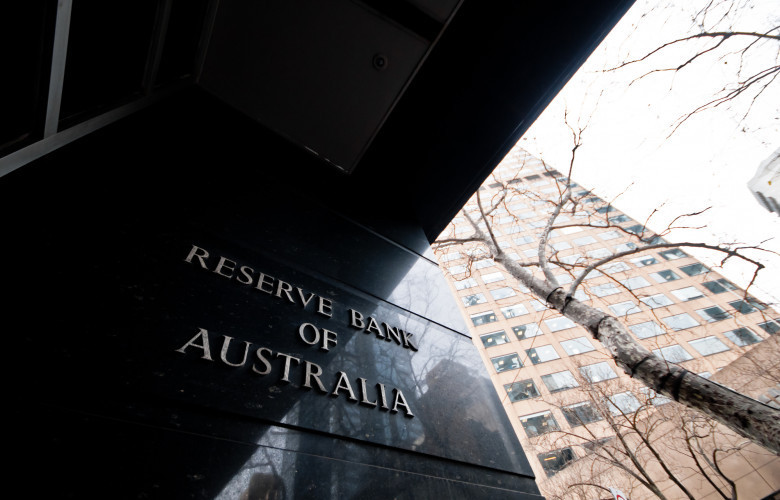CPI edging towards RBA target
Contact
CPI edging towards RBA target
ABS figures released today show that the All Groups CPI, increased by 0.8 per cent in the September quarter and by 3.0 per cent for the year.
ABS figures released today show that the All Groups CPI, increased by 0.8 per cent in the September quarter and by 3.0 per cent for the year.
Petrol prices were a major contributor to the CPI with prices approaching the record high seen in the March 2014 quarter, due to higher global oil prices in the post COVID recovery and supply disruptions.
“Whilst the September CPI is similar to the June quarter figures of 0.8 per cent and 4.1 per cent the changes in the analytical series were the highest for six years”, according to Mr Adrian Kelly, President of the Real Estate Institute of Australia.
“The quarterly changes for the analytical series of trimmed mean and for the weighted median, which exclude large one-off price impacts, were both at 0.7 per cent and 2.1 per cent for the year. The September quarter saw Trimmed mean inflation increased from 1.6 per cent to 2.1 per cent.”
“Whilst the analytical series are well within the RBA’s target rate of 2-3 per cent and suggest that there will be no immediate pressures on interest rates, any further increases in the series may see revision of the RBA’s expectation of no change in interest rates till 2024.”
“The Housing Group increased by 1.7 per cent for the September quarter and 1.6 per cent for the year attributable to in large part by largest rise in new dwelling prices since September 2000 when the GST was introduced which experienced high levels of building construction activity and shortages of materials due to supply disruptions.”
“The capital city weighted increase in rents was 0.2 per cent for the year with a fall over the year of 1.2 per cent for the year. Sydney and Melbourne had decreases, the third consecutive quarterly fall for Sydney and the second consecutive quarterly fall for Melbourne, whilst the remaining capital cities had increases. The largest of which was in Perth with a quarterly increase of 2.5 per cent and an annual increase of 5.5 per cent.”
“International experience has shown that as Australia lifts its COVID restrictions inflation is likely to be buffeted by supply-side disruptions and as such factors driving up prices are more likely to be transitory rather than embedded in the economy. Nevertheless, the global economy’s rebound out of the COVID recession has been faster than expectations and a return to “normal” monetary policy settings will most likely occur before 2024”, concluded Mr Kelly.
Similar to this:
REIA releases blueprint for the great Australian dream
REIA big three for federal inquiry returns to housing fundamentals





